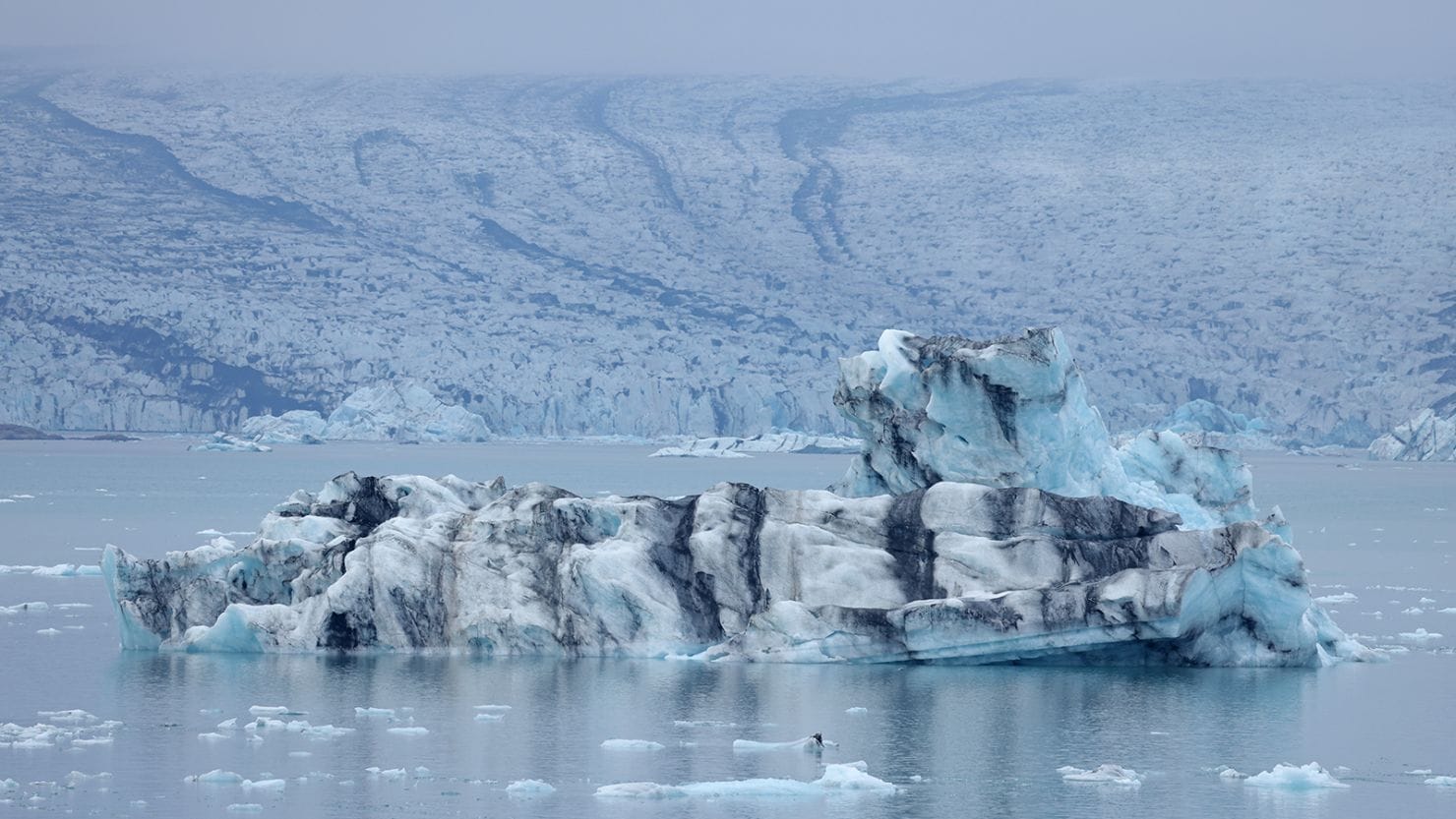Iceland cave collapse kills tourist, two more missing
Ice caves are a popular destination for visitors to Iceland, with tour operators offering customers the chance to “explore the insides of glaciers” and see the blue color and “stunning patterns” in the ice.

On Monday, Icelandic authorities continued their search for two tourists who have been missing since a partial collapse of an ice cave the previous afternoon. The incident resulted in one fatality and one person being injured.
The search, which was paused overnight due to hazardous conditions, resumed around 7 a.m., according to Icelandic broadcaster RUV. Up to 60 searchers are already on site, with additional personnel expected to join throughout the day, RUV reported.
Local police stated that a group of 25 tourists from various countries were exploring the ice cave at Breidamerkurjokull glacier in southeastern Iceland when the collapse happened shortly before 3 p.m. on Sunday. Falling ice struck four individuals, resulting in one death at the scene and another being airlifted to the hospital.
Ice caves in Iceland are a popular attraction, with tour operators offering visitors the opportunity to explore glacier interiors and view the ice's blue hues and striking patterns.
Glaciers cover approximately 11% of Iceland, an island nation in the North Atlantic situated on the southern edge of the Arctic Circle. Vatnajokull is the largest glacier, spanning 7,900 square kilometers (3,050 square miles). Breidamerkurjokull is an outlet of Vatnajokull that terminates at Jokulsarlon Lagoon, where icebergs frequently calve from the glacier.
Local news site Visir reported that the group in the cave during the collapse was part of an organized tour with a guide. Most of the group were outside the cave at the time of the incident.
The rugged terrain made it challenging to move rescue equipment and personnel to the glacier, requiring rescuers to cut through the ice with chainsaws.
The glacier is approximately 300 kilometers (185 miles) from the volcano that erupted on Friday on the Reykjanes Peninsula in southwestern Iceland.





